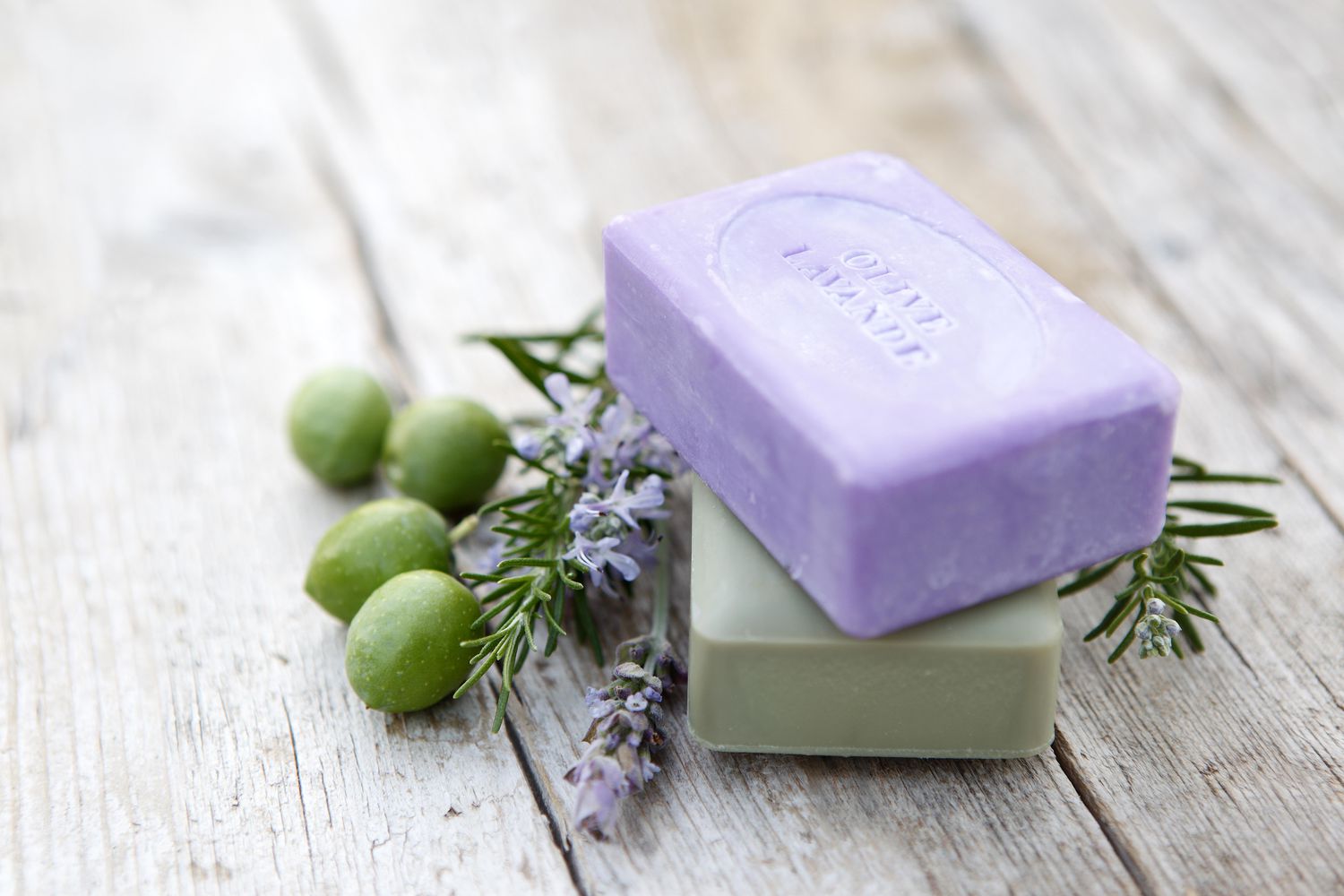

Articles
How To Store Soap
Modified: January 18, 2024
Learn the best ways to store soap and keep it fresh for longer with these informative articles. Find tips, tricks, and hacks to maintain the quality of your soap.
(Many of the links in this article redirect to a specific reviewed product. Your purchase of these products through affiliate links helps to generate commission for Storables.com, at no extra cost. Learn more)
Introduction
Soap is an essential part of our daily hygiene routine. Whether it’s a fragrant bar of handmade soap or a bottle of luxurious body wash, we rely on soap to keep us clean and refreshed. But have you ever wondered about the best way to store your soap? Proper soap storage is something that often goes overlooked, but it can have a big impact on the longevity and quality of your soap.
In this article, we will explore the importance of proper soap storage and provide you with practical tips and guidelines to ensure your soap stays fresh, effective, and long-lasting. We’ll also discuss different types of soap and their specific storage requirements, as well as share some common mistakes to avoid when storing soap.
By following these best practices, you’ll not only maximize the lifespan of your soap, but also maintain its quality, fragrance, and effectiveness. So let’s dive in and discover the secrets to proper soap storage!
Key Takeaways:
- Proper soap storage is crucial for maintaining soap quality, preventing waste, and saving money. Factors like air circulation, temperature, and avoiding common mistakes play a key role in maximizing soap lifespan.
- Different types of soap have specific storage requirements. Understanding these needs and following recommended methods can extend soap lifespan and effectiveness. When traveling, use portable cases and proper drying techniques to keep soap protected and convenient.
Read more: How To Store Shaving Soap
Why Proper Soap Storage is Important
Proper soap storage is important for several reasons. First and foremost, it helps to preserve the quality and effectiveness of the soap. Soap is often made with natural ingredients that can degrade over time if not stored correctly. Exposure to air, sunlight, and moisture can cause the soap to lose its fragrance, color, and beneficial properties.
In addition to maintaining its quality, proper soap storage also helps to prevent waste. When soap is not stored properly, it can become soft and mushy, leading to rapid dissipation and loss of product. This not only means you’ll need to replace your soap more frequently but also results in unnecessary waste.
Properly stored soap also helps to prevent contamination and maintain hygiene standards. Soap that is exposed to bacteria or other contaminants can become a breeding ground for germs, reducing its effectiveness in keeping you clean and potentially causing skin irritation or infection.
Furthermore, consider the financial aspect. By ensuring that your soap lasts longer through proper storage, you can save money in the long run. Instead of constantly buying new bars or bottles of soap, you can make the most of the soap you already have.
Overall, proper soap storage is essential for preserving the quality, effectiveness, and longevity of your soap, as well as preventing waste and maintaining hygiene standards. By following the best practices and guidelines we’ll share in the next sections, you can ensure that your soap remains fresh, fragrant, and effective for as long as possible.
Factors to Consider for Soap Storage
When it comes to storing soap, there are a few key factors to consider to ensure optimal preservation and effectiveness. Understanding these factors will help you make informed decisions about the best way to store your soap.
1. Air circulation: Soap needs proper air circulation to dry out between uses. Moisture can cause soap to soften and become mushy, leading to a shorter lifespan. Choose a storage method that allows air to circulate around the soap, such as a soap dish with drainage holes or a wire rack.
2. Temperature: Extreme temperatures can affect the quality of your soap. High temperatures can cause melting and sweating, while low temperatures can cause the soap to become brittle. Avoid storing soap in direct sunlight or areas that experience drastic temperature fluctuations.
3. Humidity: Excessive humidity can accelerate the breakdown of soap. It’s best to store soap in a dry environment, away from the bathroom shower or any damp areas. Keep it in a well-ventilated space to minimize moisture exposure.
4. Light exposure: UV rays from sunlight can fade the color and fragrance of soap. Ensure that your soap is stored in a cool, dark place to protect it from light exposure.
5. Contamination: Soap can easily pick up dirt, dust, and bacteria if left exposed. Keep your soap in a covered container or use individually wrapped bars to prevent contamination. Make sure the container or wrapper is breathable to avoid moisture buildup.
By taking these factors into consideration, you can effectively prolong the lifespan and quality of your soap. Now that we’ve discussed the key factors, let’s move on to the best practices for storing soap.
Best Practices for Storing Soap
Proper soap storage not only extends the life of your soap but also ensures that it remains effective and enjoyable to use. Here are some best practices to follow when storing your soap:
1. Use a draining soap dish: Invest in a soap dish with proper drainage holes. This allows water to drain away from the soap, preventing it from becoming soft and mushy. Look for dishes made from materials like bamboo or ceramic, which are resistant to water damage.
2. Avoid direct contact with water: Store your soap away from direct contact with water, such as the splashes from a shower or sink. Keeping it in a dry area will help maintain its consistency and prevent it from dissolving quickly.
3. Keep soap away from heat: Avoid exposing your soap to excessive heat, as it can cause sweating, melting, and loss of scent. Store it in a cool and dry place, such as a linen closet or pantry.
4. Wrap unused soap: If you have multiple bars of soap, it’s a good idea to wrap the unused ones to maintain their freshness. Use a plastic wrap, wax paper, or airtight container to protect them from air, humidity, and external odors.
5. Rotate your soap: If you have several bars of soap in use, rotate them regularly. This helps to prevent any individual bar from sitting in water for too long, allowing each one to dry thoroughly between uses.
6. Consider a soap saver bag: Soap saver bags or pouches are made of natural fibers and can help preserve soap by allowing it to dry while you use it. These bags also create a gentle exfoliating effect when used with the soap.
7. Label specialty soaps: If you have specialty soaps with unique ingredients or scents, label them with the purchase or expiration date. This will help you keep track of when to use them before they start to lose their potency.
By following these best practices, you can prolong the life of your soap and ensure that you get the most out of each bar or bottle. Let’s now discuss some common mistakes to avoid when storing soap.
Store soap in a cool, dry place away from direct sunlight and moisture. This will help preserve its quality and prevent it from becoming soft or mushy.
Common Mistakes to Avoid in Soap Storage
Proper soap storage is crucial for maintaining the quality and effectiveness of your soap. However, there are some common mistakes that people often make when storing their soap. By avoiding these mistakes, you can ensure that your soap stays fresh and long-lasting:
1. Storing soap in the bathroom: The steam and humidity in the bathroom can cause soap to become soft and mushy. Avoid storing your soap directly in the shower or near the sink. Instead, find a dry area outside of the bathroom for soap storage.
2. Leaving soap in standing water: Leaving soap in a soap dish filled with water can lead to excess moisture absorption and premature dissolution. Make sure your soap dish allows for proper drainage to avoid this mistake.
3. Exposing soap to heat: High temperatures can cause soap to sweat, lose its fragrance, and become less effective. Avoid storing your soap near heat sources like radiators, direct sunlight, or hot water pipes.
4. Storing different scented soaps together: If you have multiple scented soaps, avoid storing them together in the same container, as their fragrances might mix and diminish the original scents. Wrap and store each soap separately to preserve their individual aromas.
5. Not using soap savers or draining soap dishes: Allowing soap to sit in a puddle of water or moisture can cause it to become soft, mushy, and lose its shape. Invest in soap savers or draining soap dishes to prevent this issue.
6. Not properly wrapping unused soap: Leaving unused soap unwrapped or exposed to air can lead to premature drying, loss of fragrance, and a decrease in its effectiveness. Wrap unused soap in plastic wrap or keep it in an airtight container to maintain its freshness.
7. Storing soap near strong odors: Soap has a tendency to absorb odors from its surroundings. Avoid storing soap near strong-smelling substances like cleaning chemicals or perfumes, as it can affect the scent of the soap.
By being mindful of these common mistakes, you can ensure that your soap remains in optimal condition and provides you with a pleasant and effective cleansing experience. Next, let’s explore different types of soap and their specific storage requirements.
Read more: How To Store Handmade Soap
Different Types of Soap and Their Storage Requirements
There are various types of soap available on the market, each with its own unique formulation and storage requirements. Understanding the specific needs of different types of soap can help you store them correctly and maximize their effectiveness:
1. Bar soap: Bar soap is one of the most common types of soap. To store bar soap, it’s important to keep it dry between uses. Place it on a well-draining soap dish or a wire rack to allow air circulation and prevent it from sitting in water.
2. Liquid soap: Liquid soap is typically packaged in bottles with pumps or dispensers. To maintain the quality of liquid soap, it’s best to store it upright in a cool, dry place. Avoid exposing it to direct sunlight or extreme temperature changes.
3. Handmade or natural soap: Handmade or natural soaps are often crafted with high-quality ingredients and may not contain preservatives. To preserve their quality, store them in a cool, dry place away from direct sunlight. Consider keeping them wrapped in wax paper or stored in an airtight container to prevent moisture exposure.
4. Scented soap: Scented soaps, whether in bar or liquid form, can be delicate and prone to fragrance degradation. Store scented soaps in a cool, dark place away from strong odors to preserve their aromatic qualities.
5. Glycerin soap: Glycerin soap is known for its moisturizing properties. To maintain its moisture content, store glycerin soap in a dry, cool environment. Wrap it in plastic or keep it in an airtight container to prevent it from attracting moisture from the air.
6. Exfoliating soap: Exfoliating soaps contain added ingredients like seeds or crushed botanicals. It’s important to keep them dry between uses to prevent the exfoliating particles from becoming soggy and less effective. Use a draining soap dish or soap saver bag to ensure proper drying.
7. Specialty soaps: Specialty soaps, such as those formulated for specific skin conditions or with unique ingredients, may have specific storage recommendations on the packaging. Always follow the manufacturer’s instructions for proper storage to maintain the quality and effectiveness of these specialized soaps.
By understanding the storage requirements of different soap types, you can ensure that each soap remains in optimal condition and provides you with the desired benefits. Now, let’s move on to soap storage tips for traveling or when you’re on-the-go.
Soap Storage Tips for Traveling or On-The-Go
Traveling or being on-the-go shouldn’t mean sacrificing proper soap storage. Here are some handy tips to ensure your soap remains clean, dry, and convenient while you’re away from home:
1. Choose solid or travel-sized options: Opt for solid soap bars or travel-sized liquid soap bottles to minimize the risk of leaks and spills during travel. These compact options are also more convenient to carry and store.
2. Keep soap in a travel soap case: Invest in a travel soap case to protect your soap from getting squished or damaged in your luggage. Look for a case with drainage holes or an inner tray that allows the soap to dry between uses.
3. Wrap soap in a small towel: If you don’t have a travel soap case, wrap your soap in a small towel or washcloth before placing it in your toiletry bag. This provides additional protection and helps absorb any excess moisture.
4. Use a waterproof bag or pouch: Consider storing your soap in a waterproof bag or pouch to prevent any leaks from damaging other items in your luggage. This is especially important if you’re carrying liquid soap or if your soap is not completely dry.
5. Allow soap to fully dry before packing: If you’re using soap before packing it, make sure it has enough time to dry completely. Place it in a well-ventilated area or use a portable soap saver bag to facilitate drying on-the-go.
6. Bring a portable soap dish: If you’ll be using soap frequently during your travels, consider bringing a portable soap dish or soap saver bag. This will keep your soap clean, dry, and easily accessible whenever you need it.
7. Pack individually wrapped soap: If you prefer individually wrapped soap bars, pack them in a Ziploc bag or sealable pouch to keep them fresh and prevent any transfer of odor or moisture.
Remember that airline regulations may have restrictions on carrying liquids in your carry-on luggage, so check the guidelines before packing liquid soap. Additionally, if you’re traveling to areas with high humidity, take extra care to keep your soap protected from excess moisture.
By applying these soap storage tips for traveling or being on-the-go, you can maintain cleanliness, convenience, and optimal soap quality even when you’re away from home. Now, let’s conclude our discussion on soap storage.
Conclusion
Proper soap storage is essential for maintaining the quality, effectiveness, and longevity of your soap. By following the best practices and guidelines outlined in this article, you can ensure that your soap remains fresh, fragrant, and effective for as long as possible.
We’ve discussed the importance of proper soap storage and the reasons why it matters. From preserving the quality and fragrance of the soap to preventing waste and maintaining hygiene standards, proper storage techniques are crucial for maximizing the benefits of your soap.
Factors such as air circulation, temperature, humidity, light exposure, and contamination should be taken into account when storing soap. By considering these factors and avoiding common mistakes, such as storing soap in the bathroom or leaving it in standing water, you can prevent issues like softening, loss of fragrance, and contamination.
Different types of soap have specific storage requirements. Whether you’re dealing with bar soap, liquid soap, handmade or scented soap, it’s important to store them correctly to maintain their quality. By understanding the specific needs of each type of soap and following the recommended storage methods, you can extend their lifespan and maximize their effectiveness.
When traveling or on-the-go, it’s important to ensure that your soap remains clean, dry, and convenient. Portable soap cases, waterproof bags, and proper drying techniques are some of the strategies you can employ to keep your soap protected and readily available during your travels.
In conclusion, taking the time to store your soap properly is a small investment that can yield significant benefits. By implementing the best practices and tips outlined in this article, you can enjoy the full benefits of your soap while ensuring its longevity and freshness.
So, the next time you reach for your soap, remember to consider its storage requirements and follow the recommended guidelines. Your soap will thank you with its long-lasting effectiveness and delightful cleansing experience.
Frequently Asked Questions about How To Store Soap
Was this page helpful?
At Storables.com, we guarantee accurate and reliable information. Our content, validated by Expert Board Contributors, is crafted following stringent Editorial Policies. We're committed to providing you with well-researched, expert-backed insights for all your informational needs.
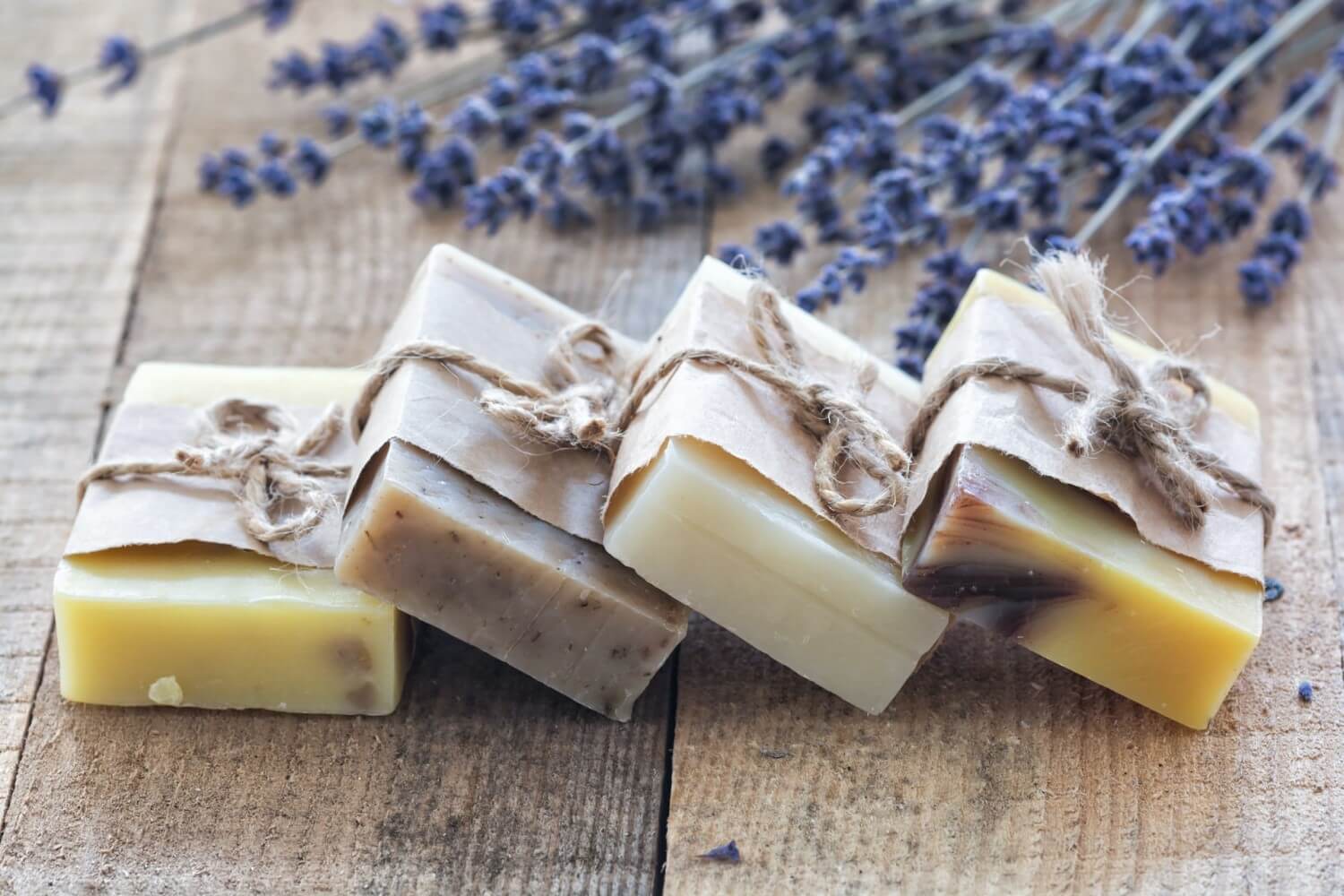
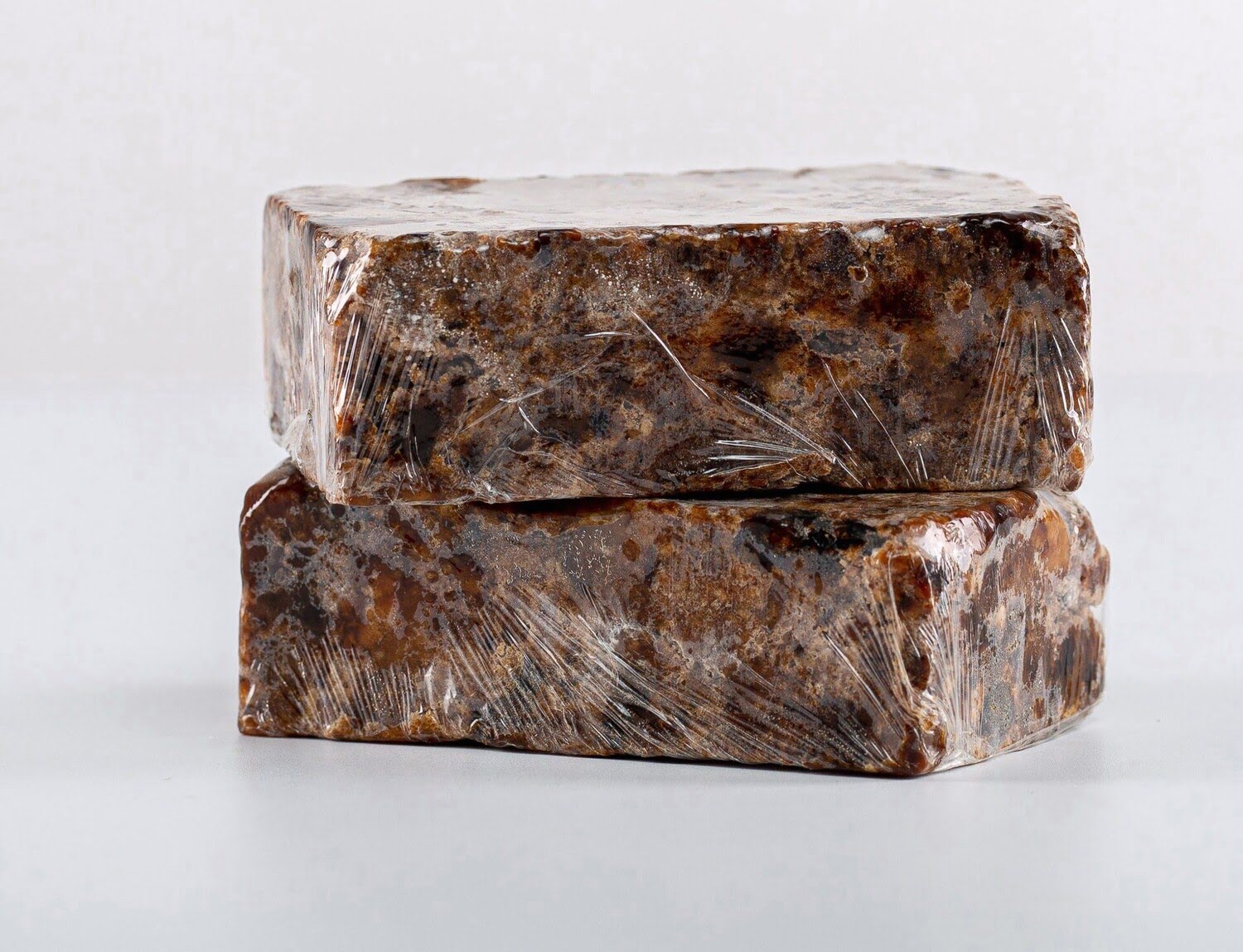
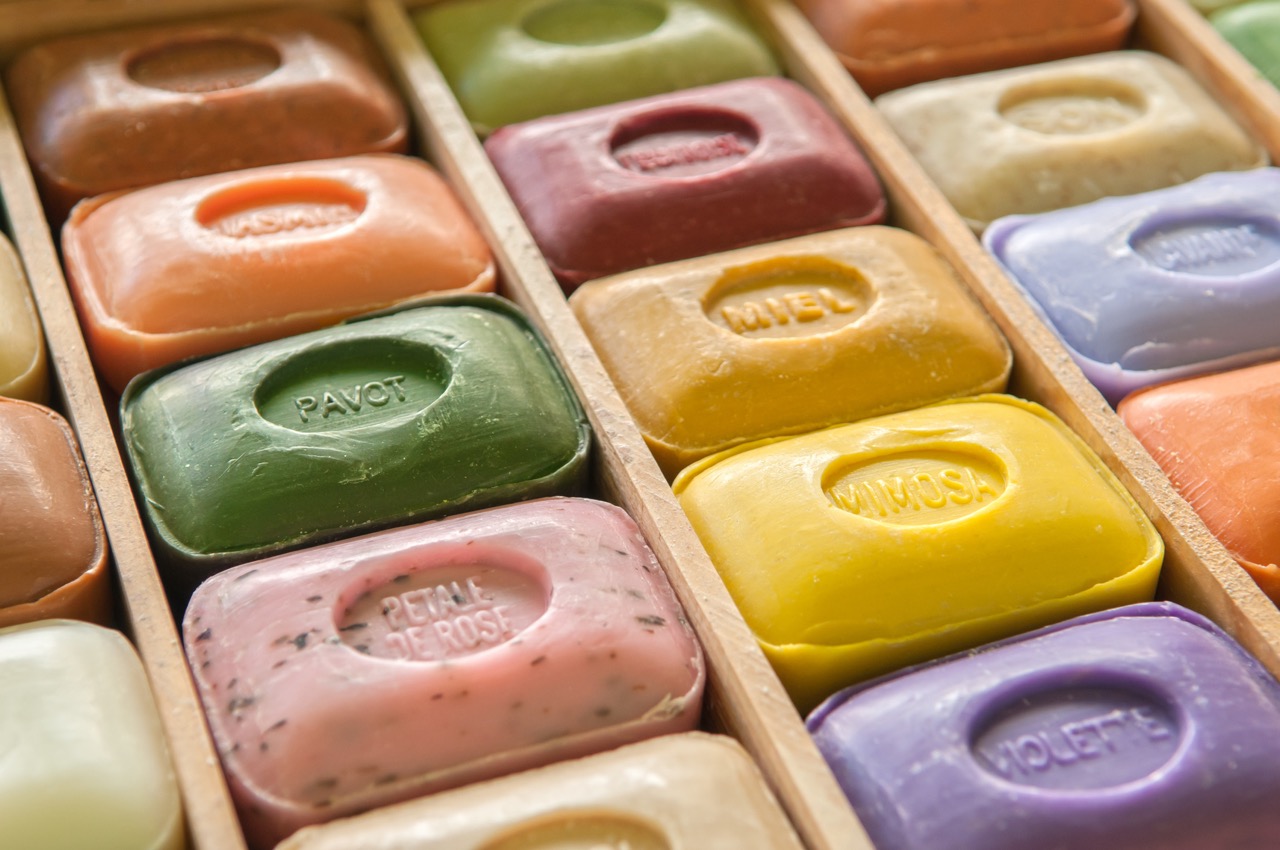
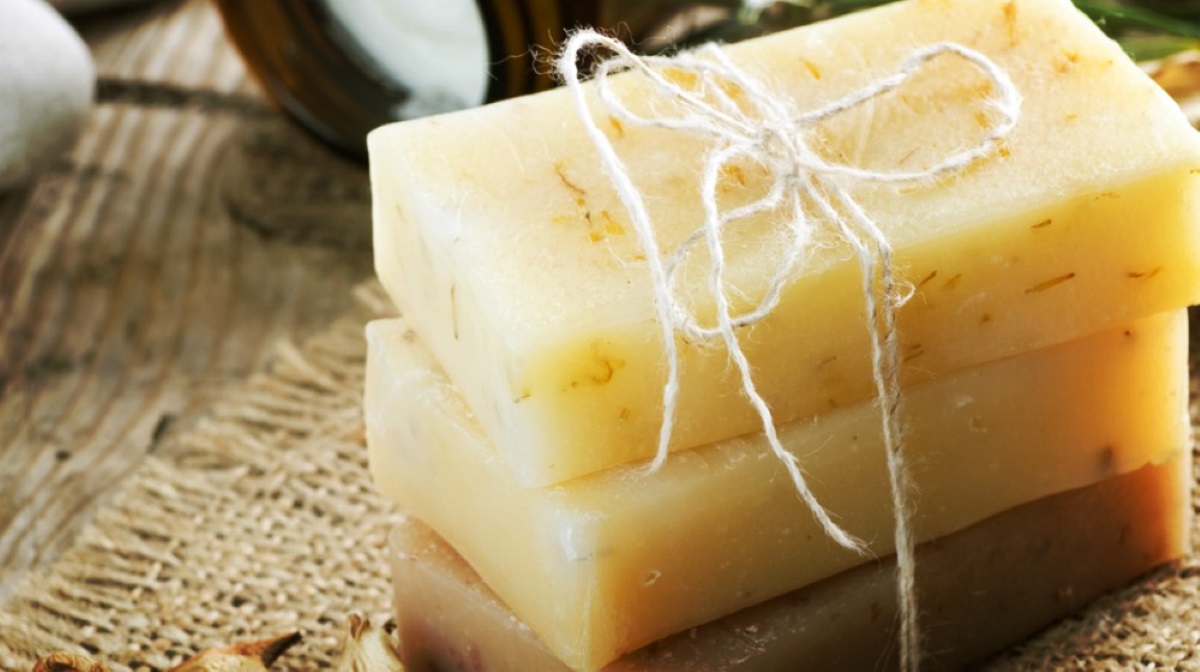
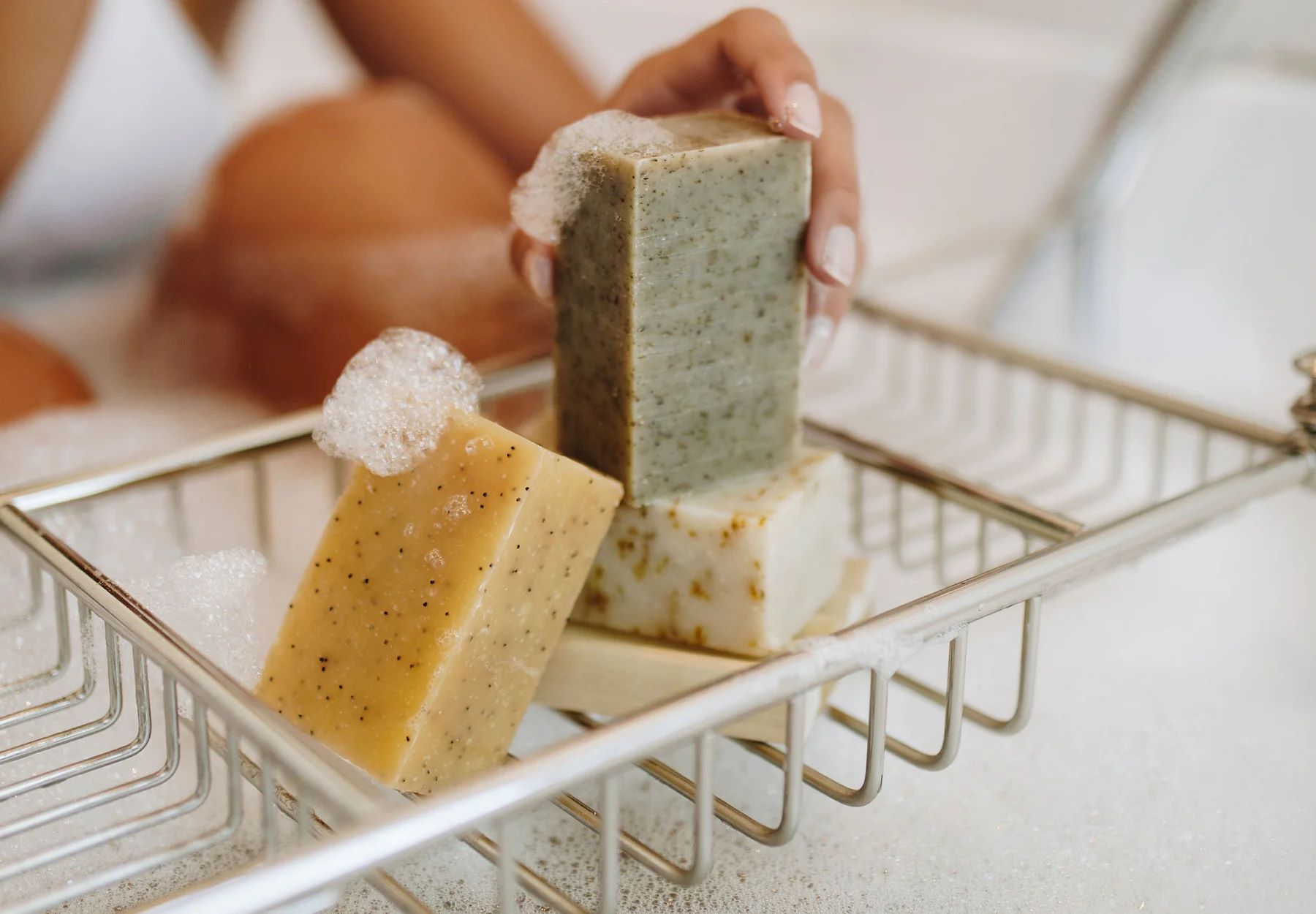
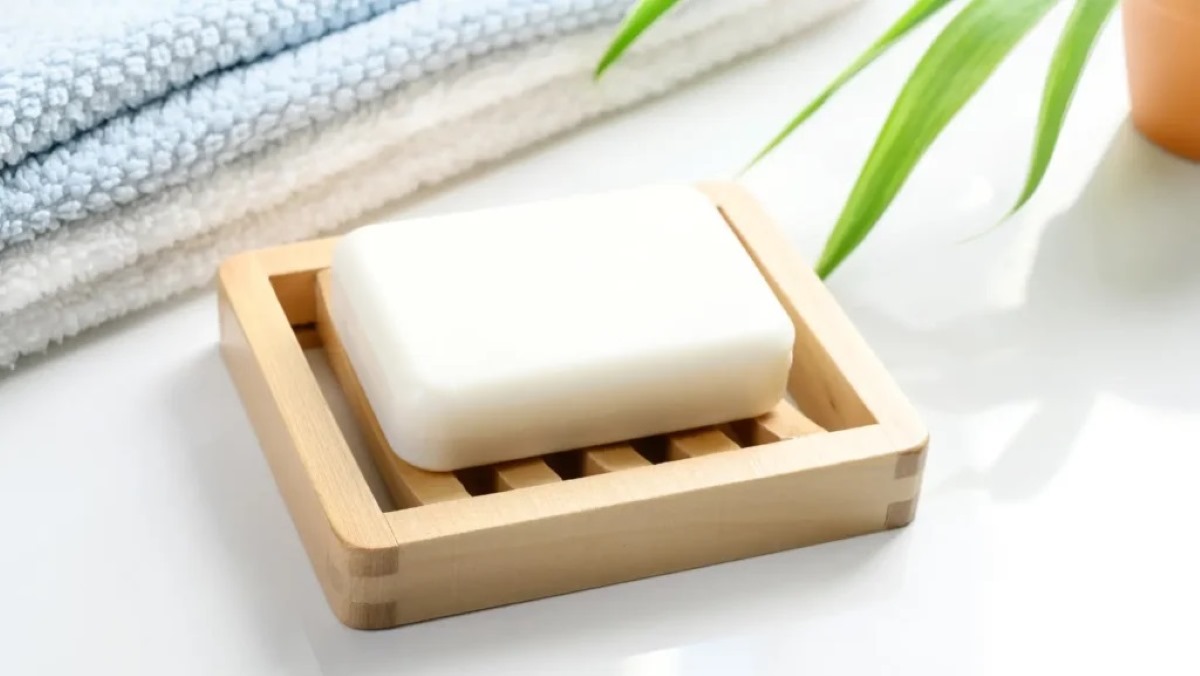
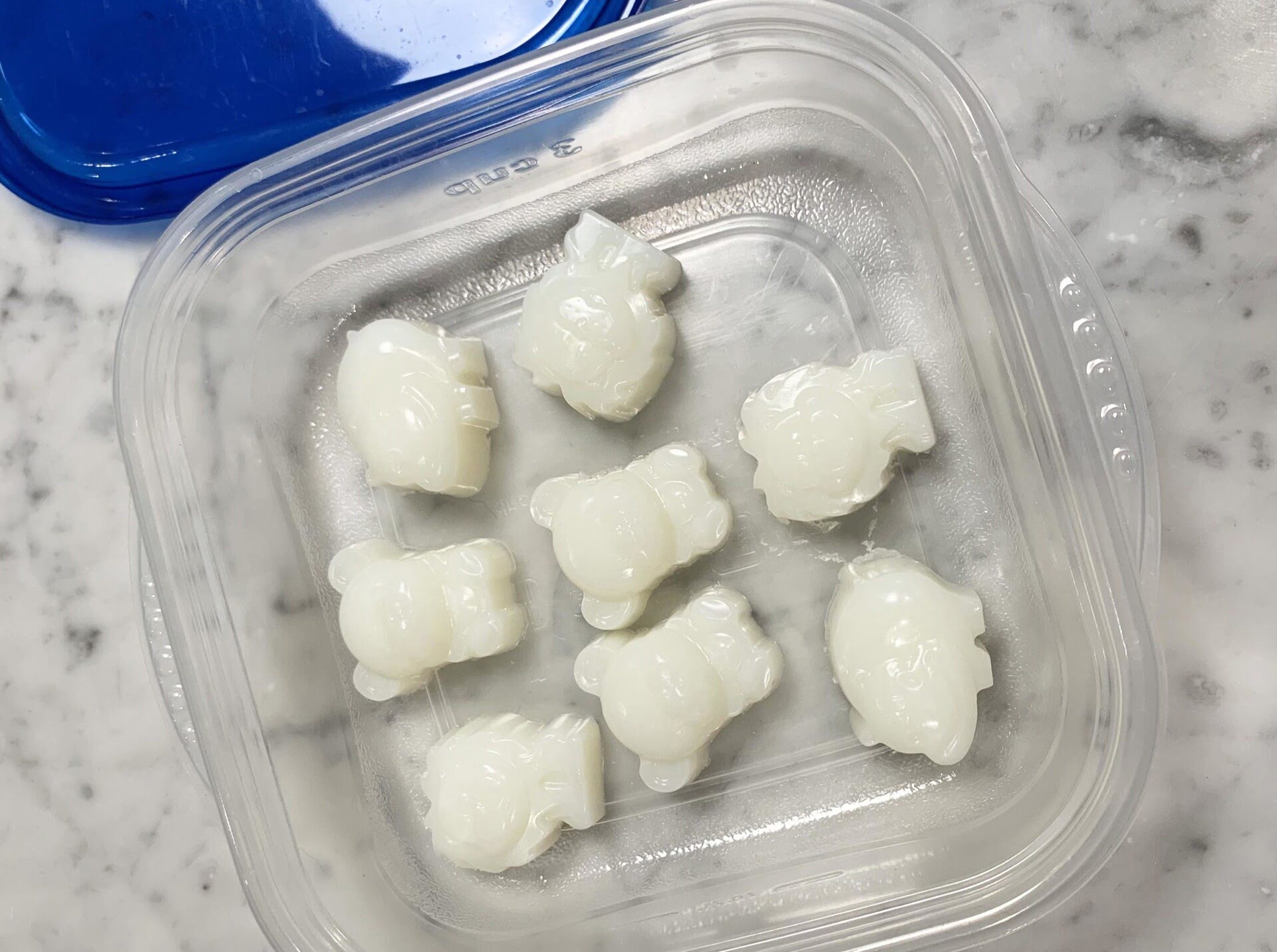
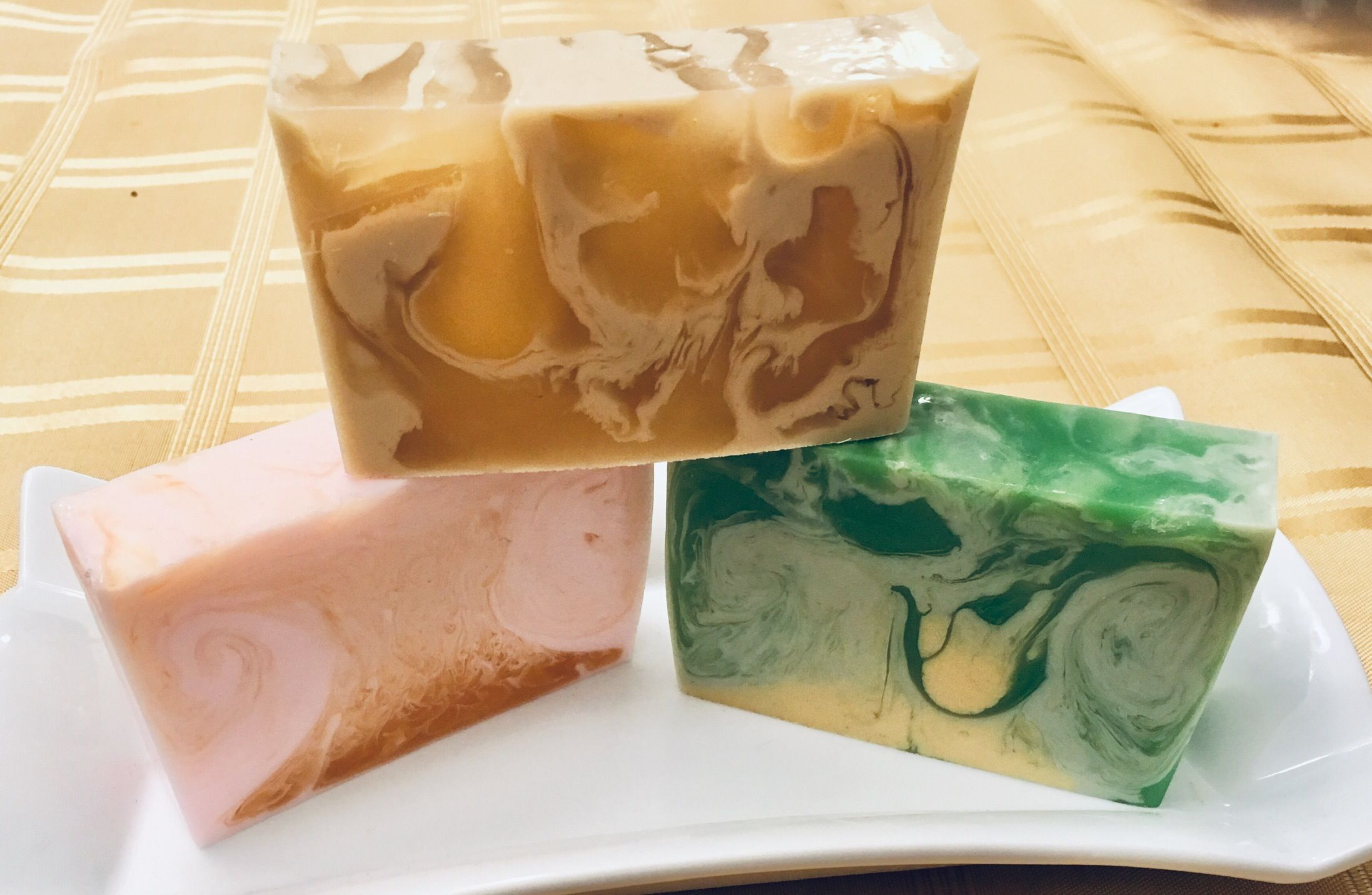
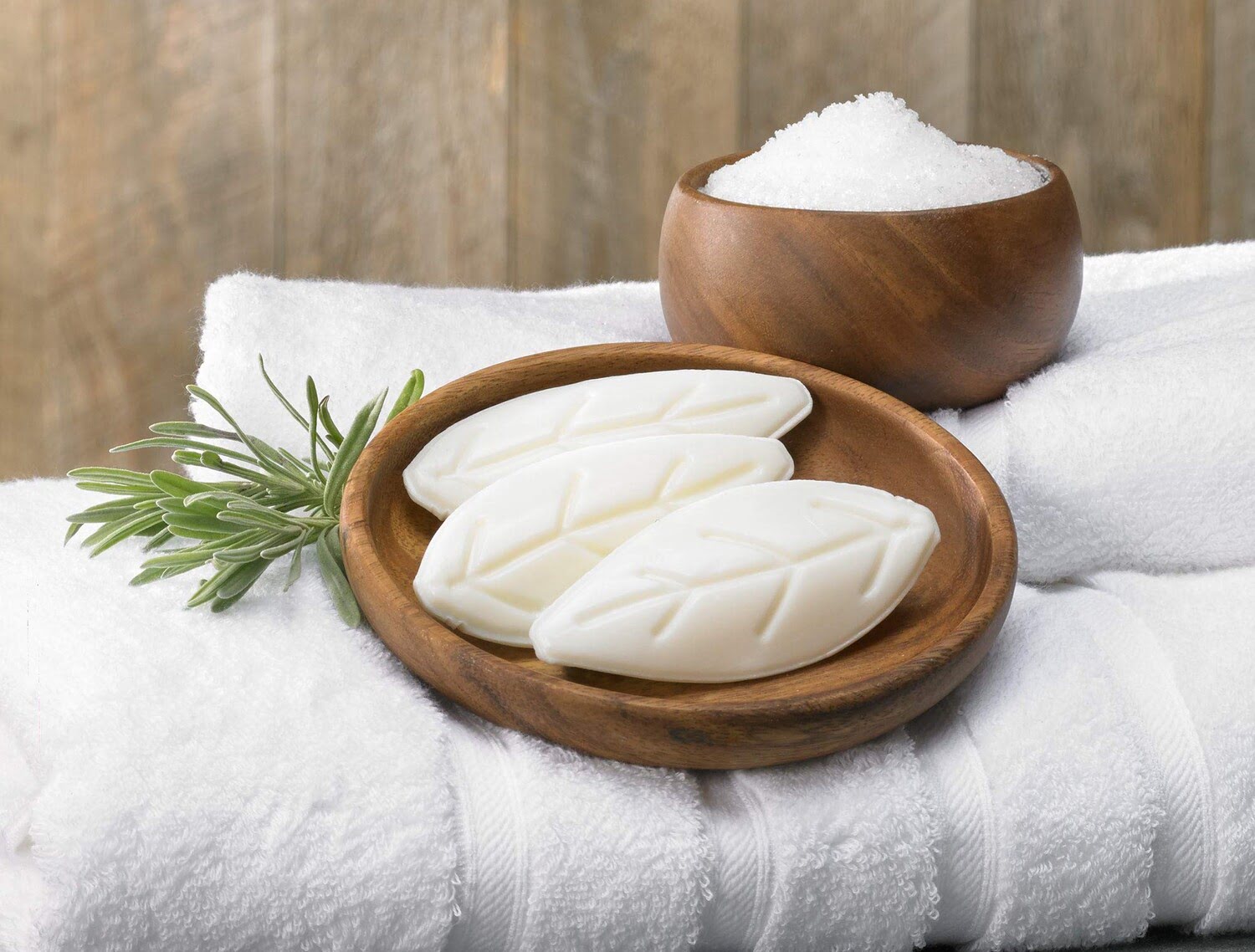
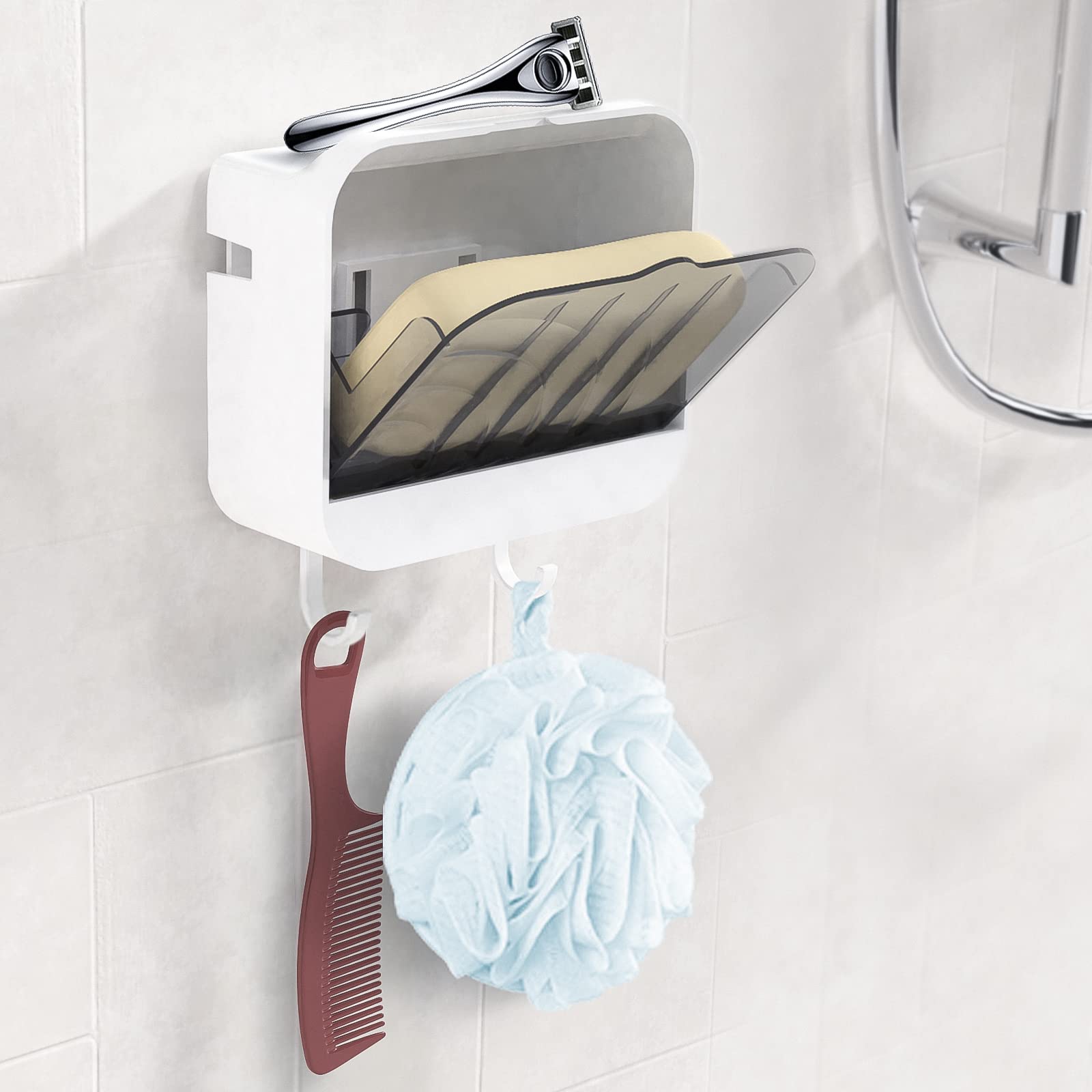
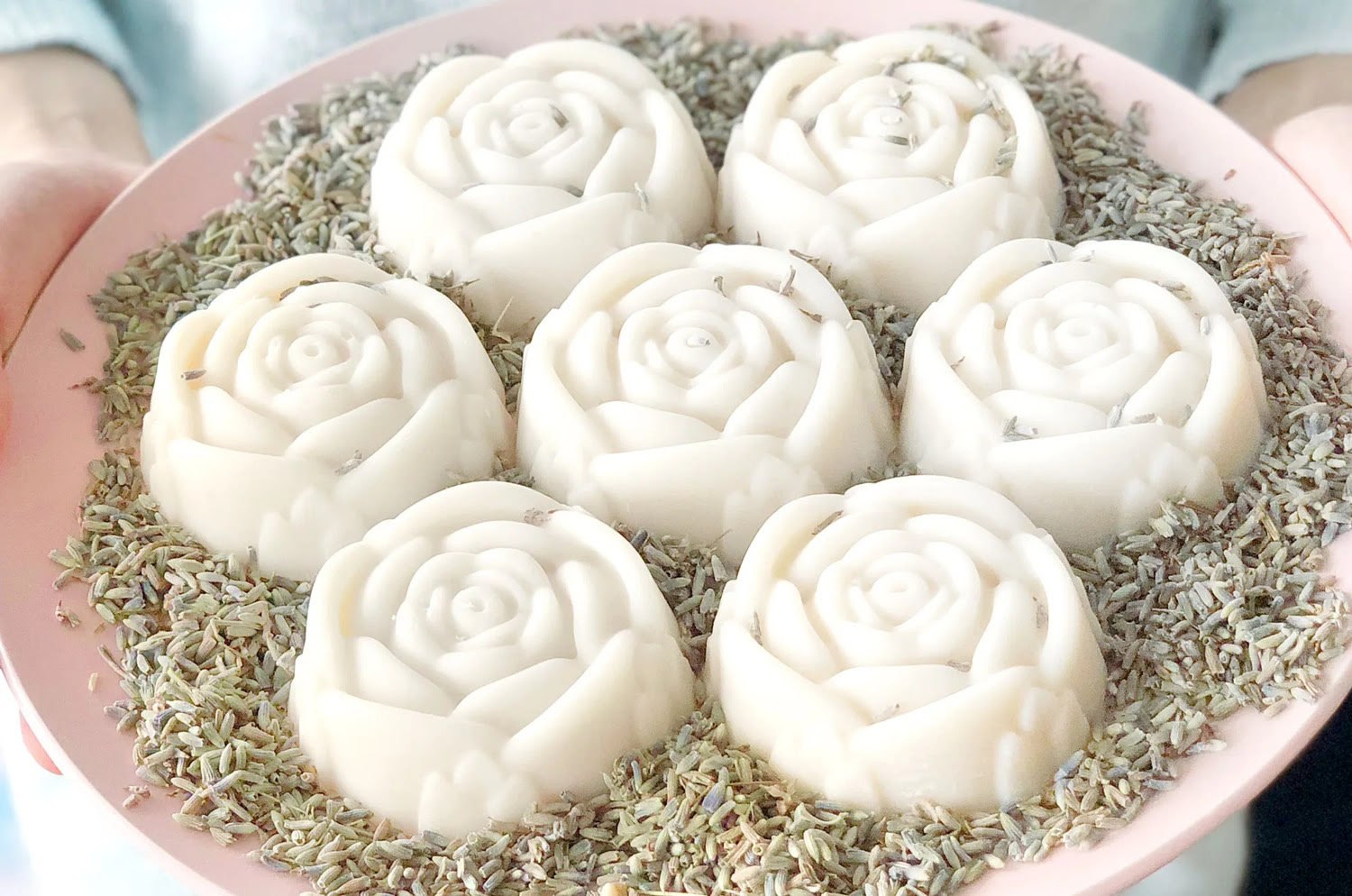
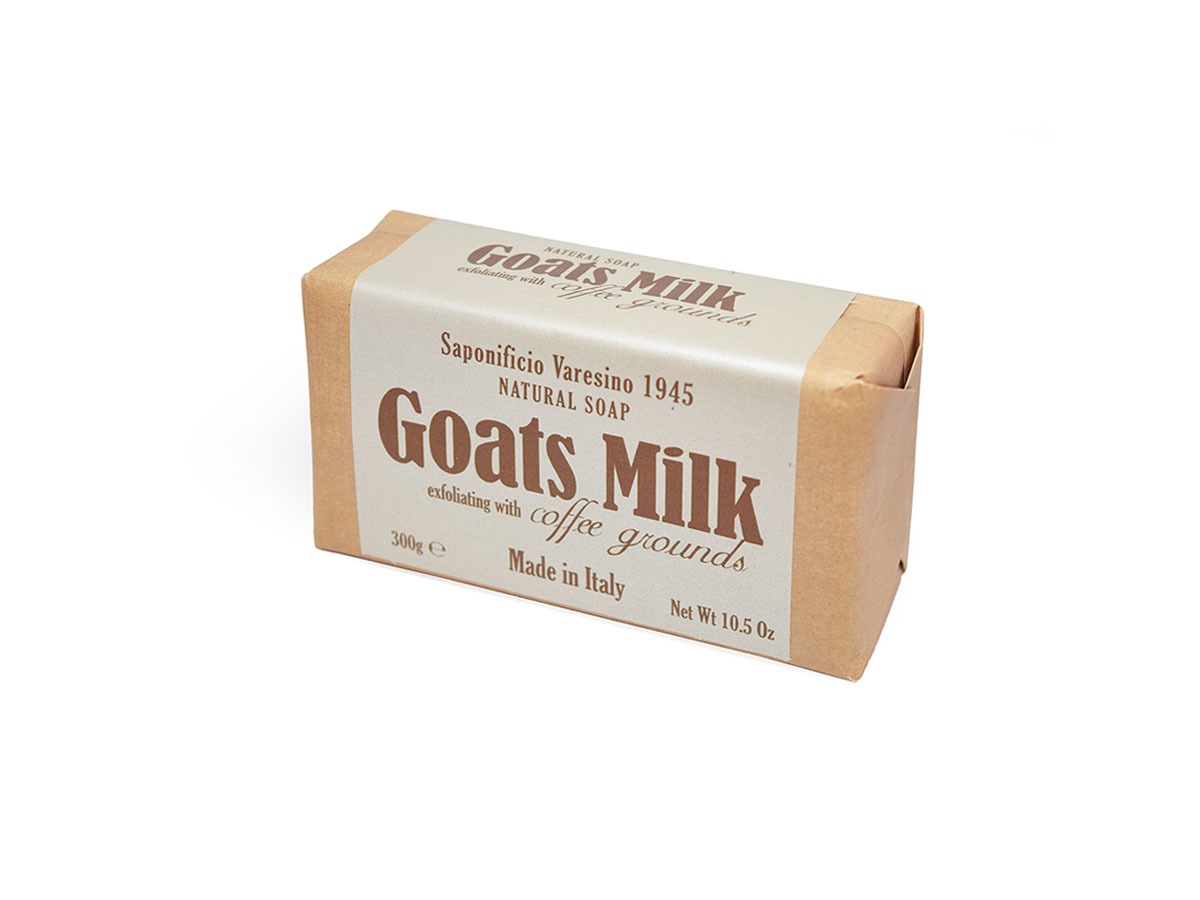
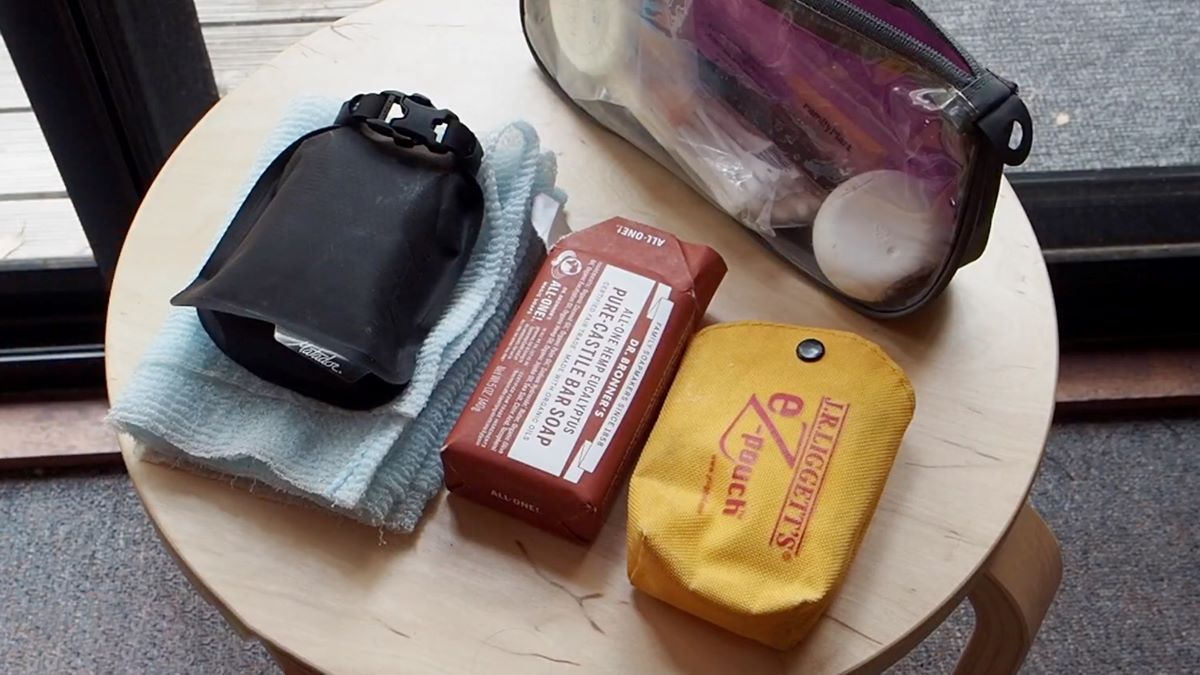
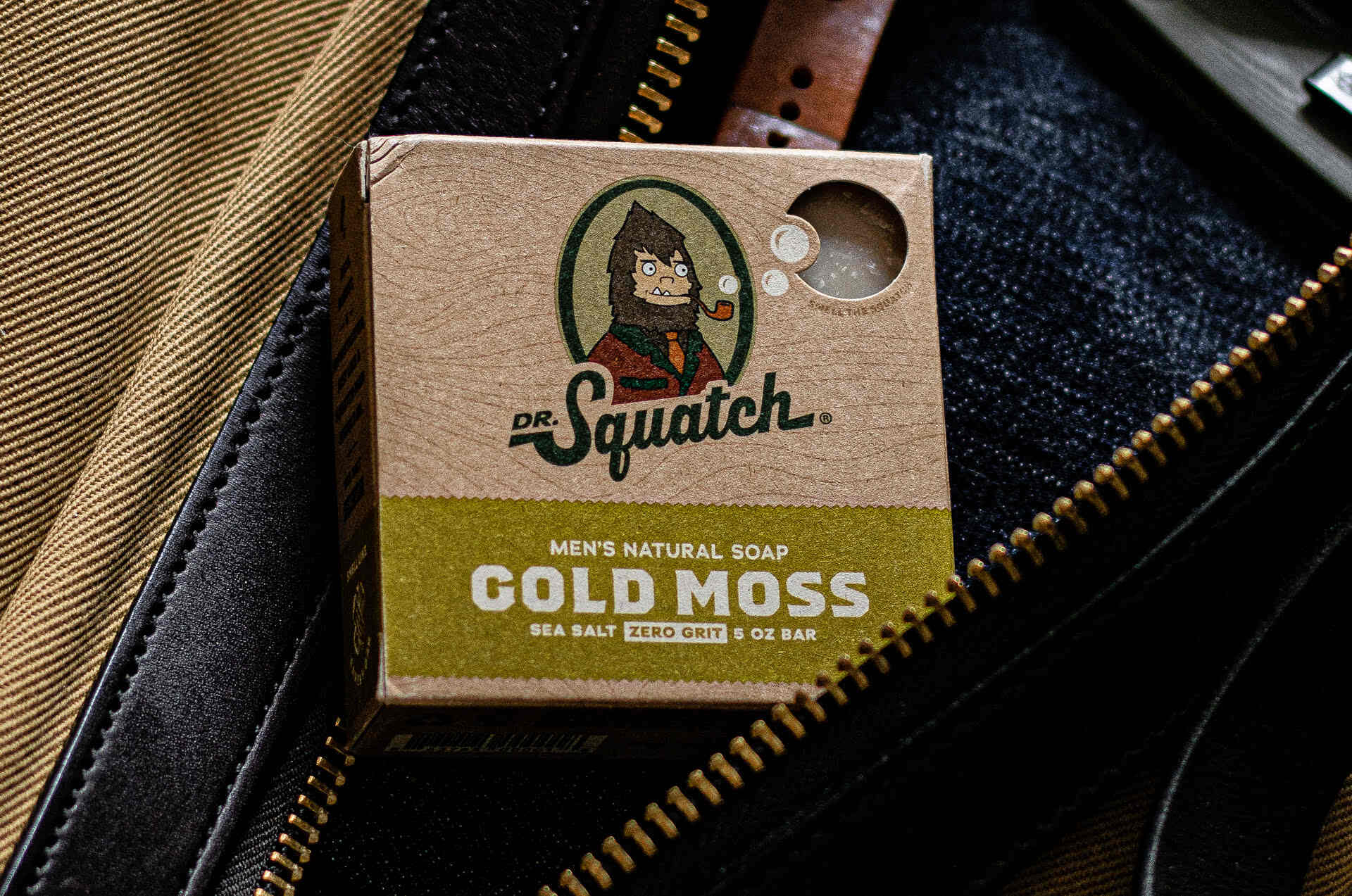

0 thoughts on “How To Store Soap”